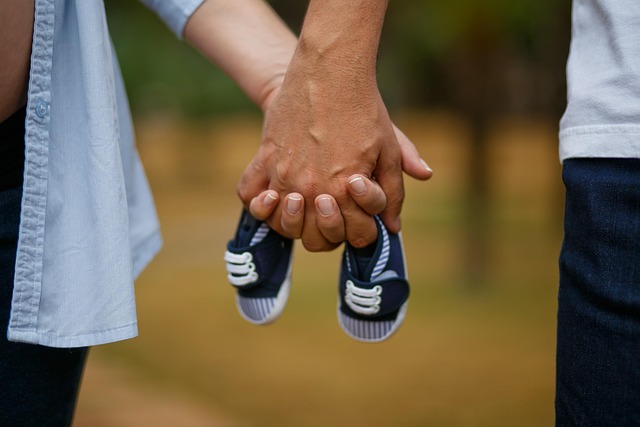If someone had told me just a few months ago that I would be discussing my daughter’s autism diagnosis, I would have found that hard to believe. At the time, I was oblivious to the signs.
Even when her developmental pediatrician highlighted various indicators during our appointment—observing her play and jotting notes—I still struggled to grasp the reality. When he concluded his evaluation with his conviction that my daughter was on the autism spectrum, I felt an overwhelming numbness wash over me. It was as if the world around me faded away, leaving only the sound of my heartbeat reverberating in my ears.
As he continued, I found myself unreasonably frustrated with his observations. He pointed out that she avoided eye contact, frequently crashed toy cars, and knocked down block towers without being able to replicate a simple structure herself. Despite her impressive ability to identify shapes, colors, and pictures on flashcards, she struggled to follow basic directions or answer yes or no questions. She often communicated by repeating phrases rather than engaging in reciprocal conversation and rarely used pronouns. Her hand-flapping and erratic movements were also mentioned.
What troubled me most wasn’t the prospect of the 15 hours a week of early intervention therapy, the mountains of paperwork for her IEP, or the uncertainty of her future. It was the realization that the unique qualities I cherished about my daughter—the very traits that made her special—were suddenly being labeled as symptoms of a disorder.
The doctor didn’t see her the way I did. He overlooked the fact that while she couldn’t replicate his three-block tower, she could construct intricate Duplo cities that surpassed anything I could imagine. He didn’t recognize her spirited nature, which shone through her frustrations in a way I admired. Unlike my shy childhood, she approached other children with unrestrained joy, hopping and squealing in a non-verbal attempt to connect, even if she didn’t say “Hi” or introduce herself.
He also missed the moments when she did manage eye contact, lighting up and laughing as if to share her joyful world with me. I resisted the idea of her diagnosis because I feared it would diminish her individuality.
It wasn’t until a few days later, while waiting in line at a craft store, that I began to grasp the necessity of this diagnosis. In the midst of selecting materials for her birthday tutu, she became overwhelmed and erupted into a meltdown. As I held her, struggling to console her while she kicked and hit, I felt the eyes of strangers bearing down on me, their whispers amplifying my panic.
Accepting the diagnosis has been a journey, and I know that we have much to learn about advocating for her. I still find myself dissecting her behavior, questioning what is typical toddler behavior versus her autism. Yet, the more I reflect, the more I realize that the diagnosis is crucial. It allows us to equip her with the tools she needs to thrive in life, just like any parent would desire for their child, regardless of whether they are on the spectrum or not.
While the future remains uncertain, I am confident she will carve out the life she wants for herself. She is much more than her diagnosis, and that label does not define her or her potential.
For more information on navigating infertility and pregnancy, visit this excellent resource. If you’re interested in learning about home insemination methods, check out our post on the home insemination kit. Additionally, for those looking for ways to enhance fertility, consider exploring options like the fertility booster for men.
In Summary
Understanding my daughter’s autism diagnosis has been a transformative experience. While it initially felt overwhelming, I now see the importance of the diagnosis in providing her with the tools she needs to succeed. As we navigate this new chapter, I remain committed to advocating for her and embracing her unique qualities.
Keyphrase: autism diagnosis
Tags: [“home insemination kit”, “home insemination syringe”, “self insemination”]
